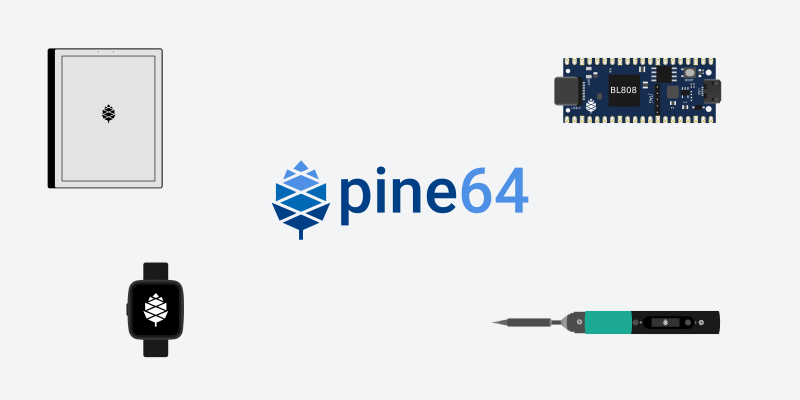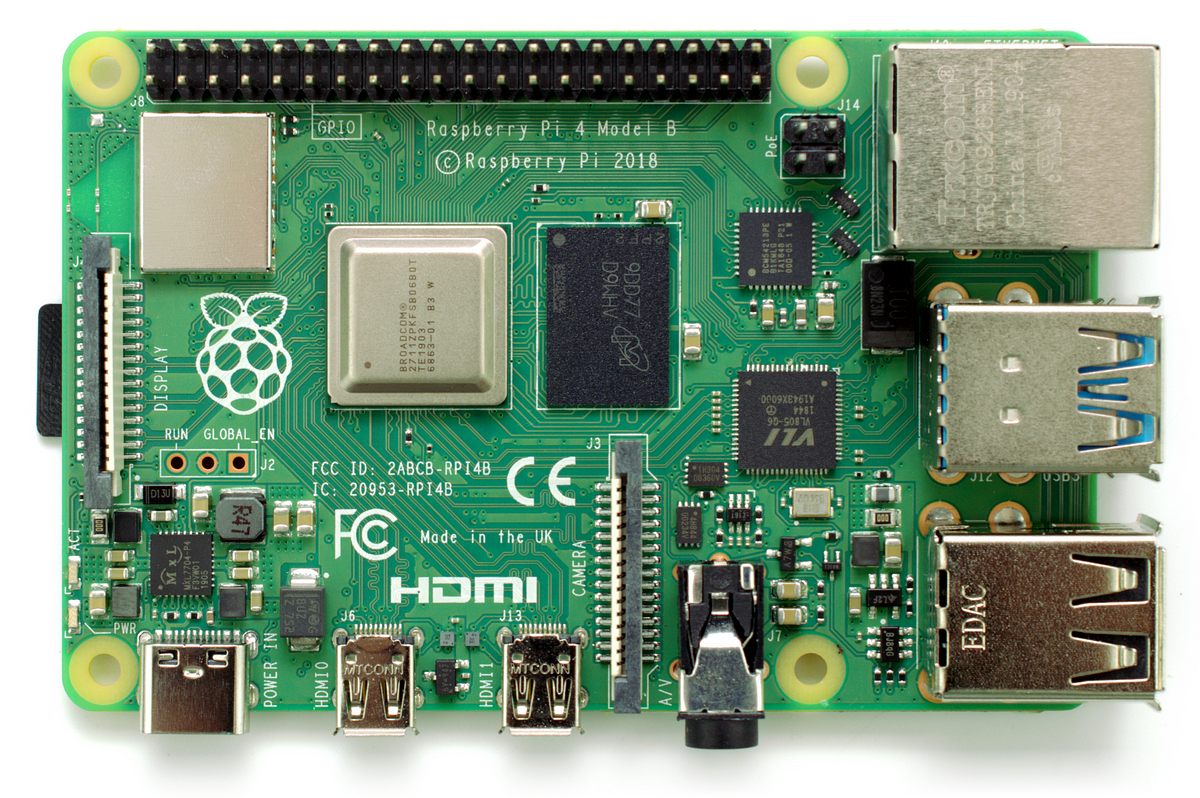FYI, there's an interactive Q&A session with Eben Upton (https://en.wikipedia.org/wiki/Eben_Upton) - founder & lead architect of the Raspberry Pi - going on, here:
It should be open for another 24 hours.
As their forum software is a bit broken, you need to sign into the forum on a different page, such as this one:
Then, navigate to the Q&A thread and post your question.
It should be open for another 24 hours.
As their forum software is a bit broken, you need to sign into the forum on a different page, such as this one:
Then, navigate to the Q&A thread and post your question.






Comment